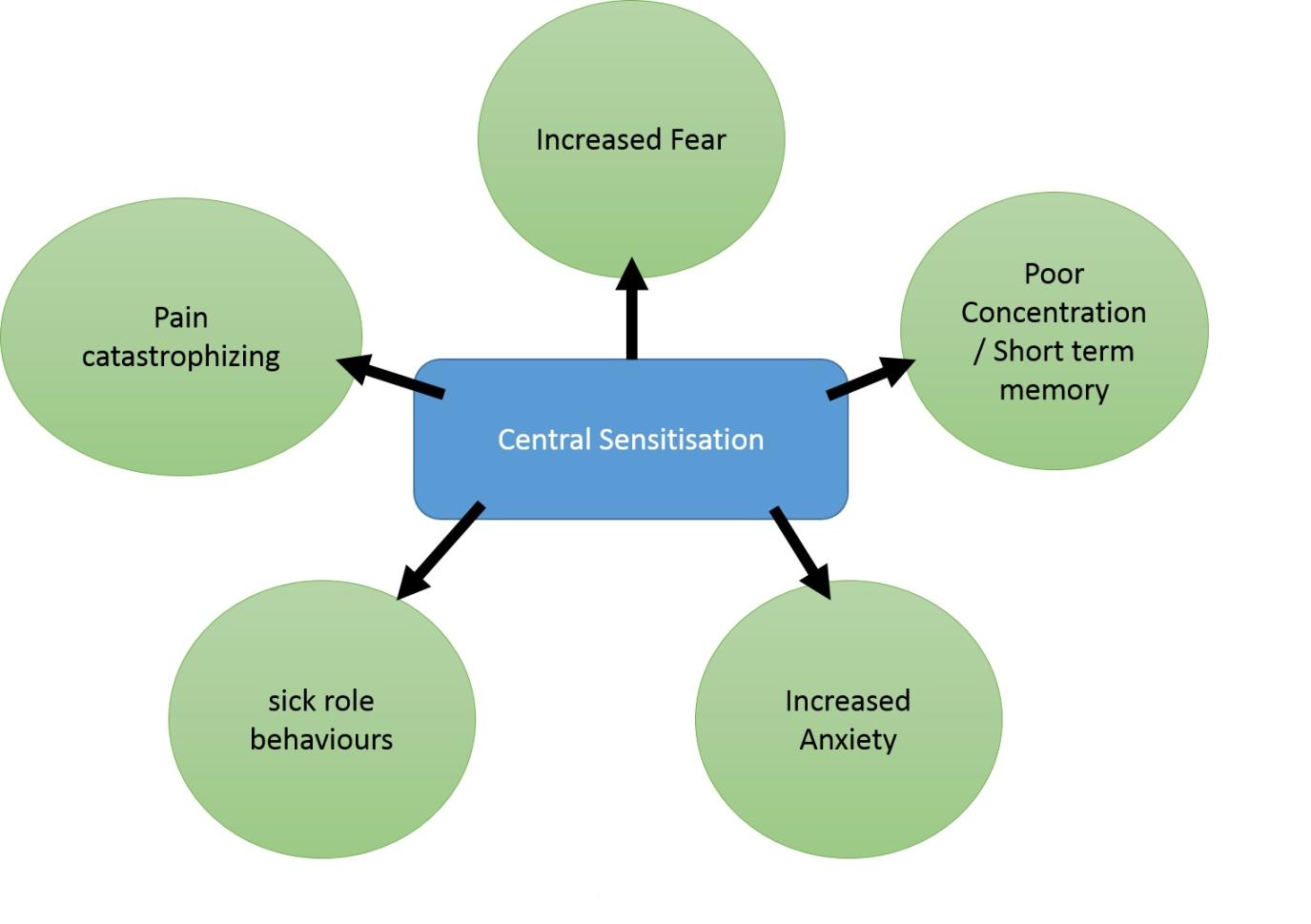How Does the Brain Communicate with the Body?
The brain is the control center of the human body, responsible for processing information, making decisions, and coordinating actions. It communicates with the rest of the body through the nervous system, a complex network of specialized cells that transmit information throughout the body.

The Central Nervous System
The central nervous system (CNS) consists of the brain and the spinal cord. The brain is the primary control center, responsible for processing information, making decisions, and coordinating actions. The spinal cord serves as a communication pathway between the brain and the rest of the body.
Neurons: The Building Blocks Of Communication
Neurons are specialized cells that transmit information throughout the nervous system. They consist of a cell body, dendrites, and an axon. Dendrites receive information from other neurons, while the axon transmits information to other neurons. Communication between neurons occurs at synapses, where neurotransmitters are released from the axon of one neuron and bind to receptors on the dendrites of another neuron.
The Peripheral Nervous System
The peripheral nervous system (PNS) connects the CNS to the rest of the body. It consists of two divisions: the somatic nervous system and the autonomic nervous system.
Somatic Nervous System

The somatic nervous system controls voluntary movements and sensations. It receives sensory information from the body and sends motor commands to muscles. Somatic reflexes are involuntary responses to stimuli, such as the knee-jerk reflex.
Autonomic Nervous System
The autonomic nervous system regulates involuntary functions such as heart rate, digestion, and breathing. It consists of two branches: the sympathetic nervous system and the parasympathetic nervous system. The sympathetic nervous system prepares the body for "fight or flight" responses, while the parasympathetic nervous system promotes "rest and digest" activities.
Sensory Communication
The brain receives sensory information from the body through specialized receptors. These receptors detect various stimuli, such as touch, temperature, pain, and vision. The sensory information is then transmitted to the brain through afferent neurons.
Motor Communication
The brain sends motor commands to muscles and glands through efferent neurons. These commands control voluntary movements, reflexes, and autonomic functions. Motor neurons are responsible for transmitting these commands from the brain to the muscles and glands.
Brain-body communication is essential for maintaining homeostasis and overall bodily functions. The nervous system, consisting of the central nervous system and the peripheral nervous system, enables the brain to communicate with the rest of the body, receiving sensory information and sending motor commands. Understanding brain-body communication is crucial for advancing our knowledge of neurophysiology and developing treatments for neurological disorders.
YesNo

Leave a Reply